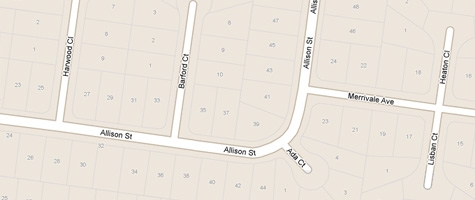What is negative gearing?
[caption caption="Negative gearing describes a situation where you borrow to pay for an investment, and the interest is greater than the income from that investment." align="right"]
[/caption]
The term ‘negative gearing’ describes what happens when you borrow money to pay for an investment, and the value of the interest on your loan is more than the income you’ve received from your investment. To put it in property terms, an investment property is said to be ‘negatively geared’ when your annual rental income is less than the interest costs on your mortgage plus all of the expenses associated with your property (i.e. resulting in a net loss).
Most of the time when you read or hear about negative gearing these days it’s related to investment properties. Australia’s one of the few countries in which negative gearing losses from property investments are tax deductible.
How does negative gearing work?
"Negative gearing" is a term that’s commonly used when talking about interest costs and depreciation, but it actually includes all rental deductions. These claimable rental deductions also include property management fees, rates, loan costs and maintenance and repairs. The largest deduction is usually still the annual interest paid on your mortgage.
In Australia, the losses you incur on a rental property can be offset against other assessable income (e.g. salary) to help reduce your overall tax liability, or increase the size of your tax return.
The negative gearing deductions available in Australia are particularly beneficial to high income earners on the top marginal tax rate, Larger deductions are possible when you borrow greater amounts, as 100% of the interest paid is generally tax deductible.
While investment properties are currently very popular, if you are contemplating investing with borrowed funds it’s critically important that you consider how you’re going to service your loan repayments if the investment stops producing income. For example, if there’s a lengthy stint where your property’s vacant.
If you're considering investing in property, make sure you consult with an accountant or financial expert to make sure that you’re not over-committing. Good advice will help to ensure that your borrowings are serviceable and manageable, and that you won’t have to sell the property in a fire sale when rental markets are down.
What is positive gearing?
Positive gearing (or simply ‘gearing’) is where the gross income you get from your investment property (or any investment, for that matter) is greater than the total amount of the deductions/ expenses. Positive gearing creates a situation where you’ll need to pay income tax on your net income.
For example:
Annual gross rental income - $22,100
Mortgage interest - $12,000
Investment property deductions - $2,500
Calculation: $22,100 – ($12,000+$2,500) = $7,600
In this example, $7,600 is added to your assessable income and tax is paid at the appropriate marginal rates.
What is neutral gearing?
Neutral gearing, as you've probably guessed, is when the expenses for and the income from an investment are equal. When this is the case, there’s neither a tax advantage nor a disadvantage.

